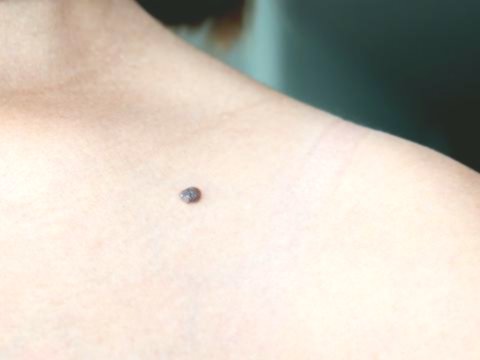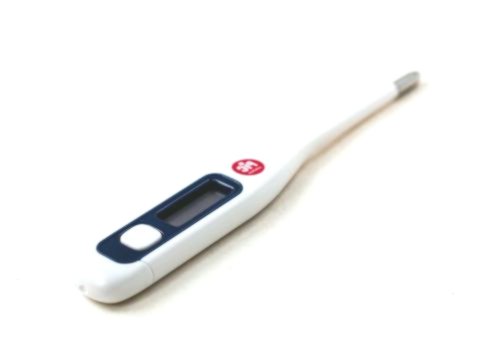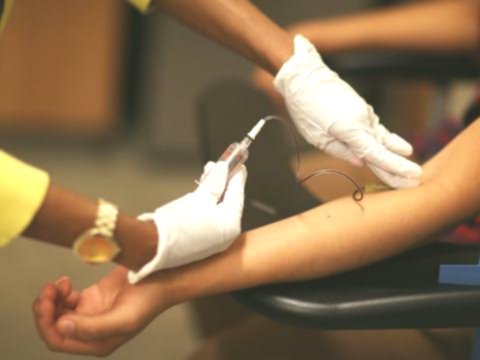
Leukemia symptoms in adults
Leukemia is a type of blood cancer that attacks the bone marrow and causes an excessive increase in white cells, which prevents them from fulfilling their function of attacking infections.
Despite all the studies that have been carried out over the years to determine the causes of this type of cancer, experts have not yet determined precisely what is the disease, but theories that have more support Scientific are the genetic factor combined with some environmental factors .
This disease can evolve very quickly or very slowly , depending on the type of leukemia. Some of its symptoms are:
-Recurring infections
-High fever and chills that become persistent
-inpectance
– Constant fatigue
-Swollen lymph nodes
-Frequent bleeding especially at the level of the gums and nose
-Constant bruises
-Strong joint pain
-Small spots on red skin
-Difficulty breathing
-Night sweats.
Leukemia classes
There are several types of leukemia, which are classified into two groups according to the speed and evolution of the types of cells involved:
According to the affected cells are:
– Acute myelogenous leukemia: This type of leukemia advances disproportionately to myeloid cells, interfering with the production of red and white blood cells and affecting platelets. It can affect children but is more common in adults.
– Chronic myelogenous leukemia : This type of leukemia usually affects older adults. The symptoms take months or years to manifest and start the uncontrolled phase of the leukemia cells.
– Acute lymphocytic leukemia : Also called lymphoblastic leukemia, it is the most common type of cancer in children, although it can also occur in adults. Its incidence has to do with DNA errors in the bone marrow.
– Chronic lymphocytic leukemia : The progress of this type of cancer is very slow and usually affects older adults. Once it begins to manifest, the lymph nodes become inflamed, bruises and a lot of fatigue appear.
– Non-hopkins lymphoma : This type of cancer of the lymphatic tissue invades the bone marrow, spleen, rhythm and lymph nodes, and from there it can spread to other organs.
Depending on the severity of the leukemia
– Acute leukemia : in this phase the increase in immature blood cells is very rapid and they do not perform their necessary functions and impede the space for the development of mature cells. It is an early treatment that prevents the spread of these cells to other parts of the body.
– Chronic leukemia At this stage many mature but abnormal white blood cells are produced. The evolution is very slow, which is why you must wait a while before starting treatment, but always monitoring the patient until you find the right time for the treatment to be effective.
In most cases of leukemia cases the life expectancy is always favorable, everything depends on early detection and an effective treatment to combat it.
Leukemia symptoms in Children
Leukemia is the most common type of cancer in children. The pediatrician, through periodic reviews, and parents, through observation, play a fundamental role in the detection of this type of cancer in its initial phase.
80% of cases of leukemia in children can be cured. This is one of the conclusions reached at the 59th Congress of the Spanish Association of Pediatrics.
There are different signs by which one can assume that a child suffers from some type of cancer . At least 85% of all childhood tumors have similar symptoms : prolonged fever without apparent cause, anemia, frequent infections, headaches along with sleep and behavior disorders, among others. The wide variety of nonspecific symptoms can be confused with other diseases, making diagnosis difficult.
Currently, childhood leukemia is curable in 80% of cases. The most commonly used methods of treatment include surgery, radiotherapy, chemotherapy, and occasionally, bone marrow transplantation . In transplanted children it is advisable to wait one or two years to resume the vaccination calendar, since the immune system is weakened after treatments.
What is the first sign of leukemia
These are the 11 symptoms that could indicate that you have cancer .
1. Fatigue

William Brawley / flickr
Both Bonta and Meyers have cited fatigue – fatigue that does not improve with rest – as a symptom of cancer that can easily go unnoticed.
“When you feel fatigue, I always recommend doing a little analysis,” Bonta said. There may be a simple explanation, maybe you have been sleeping badly or started with new medication that is causing side effects.
“But if all things are in order and this is new, then I would worry,” Bonta warned.
2. Skin bumps

Skin cancer does not always show a bad appearance. Moteelec / Shutterstock
“One thing that often goes unnoticed is skin lesions,” Meyers said. ” Skin cancer does not necessarily look ugly and unpleasant . Sometimes they can be seen as small pink bumps. Melanomas, which are the most deadly types of skin cancer, are not necessarily pigmented and can even occur in strange places in the skin as under the nails “
“Given this we have to know our own skin and see if there is any change,” adds Bonta.
Another potential symptom of a skin cancer is a wound that does not heal, as dermatologist Allison Arthur explained previously at INSIDER.
“ A common story that many of my patients tell me is: ‘ I have this sore, I thought it was a pimple, it bled and I thought it would disappear, but it has bled again, ” he says.
3. Weight loss without explanation

Watch the weight loss. Paul Velgos / Shutterstock
Bonta states that unexplained weight loss can be a symptom of cancer. If you lose 5 kilos or more without trying, it is worth calling the doctor.
According to the ACS , unexplained weight loss occurs most often in cancers of the pancreas, stomach, esophagus and lung.
4. Breast irritation

Make checks of your breasts to check for irritation or lumps. Thomas Foldes / Shutterstock
Lumps are the most common symptom of breast cancer, according to the ACS. But they are not the only sign.
Changes in the skin of the breasts – including rashes, irritations or scaly, reddened or bulky nipples – may also indicate possible cancer.
“Breasts are not a common area in which to have rashes, so you have to take it into account,” said Bonta.
5. Feeling full after eating little

Daria Nepriakhina / Unplash
Ovarian cancer can be difficult to detect in its early stages. A possible symptom could be early satiety after eating small amounts of food, Bonta said.
6. Feeling bloated

Audrey Saracco / Shutterstock
People with ovarian cancer may also experience bloating or inflammation of the stomach , Bonta said.
“If a woman reports pelvic or abdominal pain, increased size, swelling, difficulty eating or feeling full quickly – and if the symptoms are new in the last year and occur more than 12 times a month – it is a sign of alert”.
7. Have a poor appetite

Noticing a loss of appetite can be a worrying sign. Joe Raedle / Getty Images
Meyers has said that lack of appetite can sometimes be a symptom of cancer.
According to the US National Institute of Health , it can indicate colon cancer, ovarian cancer, stomach or pancreas cancer.
8. Fever

Sometimes fever can be an early symptom of a blood-related cancer. Marco Verch / Flickr
Bonta states that fever is sometimes a symptom of cancer.
It is often a sign that a cancer has spread to a different part of the body where it started, but it may be an early symptom of a blood cancer, leukemia or lymphoma, according to the ACS.
9. Pain

Koldunova Anna / Shutterstock
” Any pain that is out of proportion to your activity is a warning sign,” Bonta said.
“If I go to the gym today and stretch a muscle, I have a reason for it to hurt. But if I have a pain in my leg, I don’t remember hurting myself, it doesn’t go away, and three days later I still have to take pain medication, that is a problem “.
10. Anemia

A low level of red blood cells could be a symptom of colon cancer. Joe Raedle / Getty Images
People with anemia do not have enough healthy red blood cells. Iron deficiency anemia – the most common type, according to the Mayo Clinic – can occur due to blood loss.
Bonta states that part of iron deficiency anemia can have a simple explanation, since it can happen to women with heavy periods . The problem arises when there is no explanation, since it can be a “warning sign” about a possible colon or rectal cancer, he adds.
The ACS explains that some colorectal cancers, as they are often called, can bleed in the intestine . Over time, this loss of blood can cause anemia, and blood is not always seen or perceived in the stool.
In fact, according to the ACS, a blood test that shows a low number of red blood cells is sometimes the first sign of a colorectal cancer.
11. Changes when you go to the bathroom

Buckeye Sailboat / Shutterstock
Changes in bowel movements or urine may be signs of some types of cancer.
Blood in the stool can mean stomach or colorectal cancer, as can diarrhea or constipation that lasts several days, according to the ACS.
Bonta has stressed that, in men, blood in the urine, the need to pee frequently at night, the sudden need to urinate or a weak flow of it could indicate prostate cancer.
In women, urinary frequency and urgency may be signs of ovarian cancer , according to the ACS . And in any person, certain changes when going to the bathroom can also be symptoms of kidney and bladder cancer, he adds.
Therefore, you have to be alert and notice if there is a lasting change in your habits.